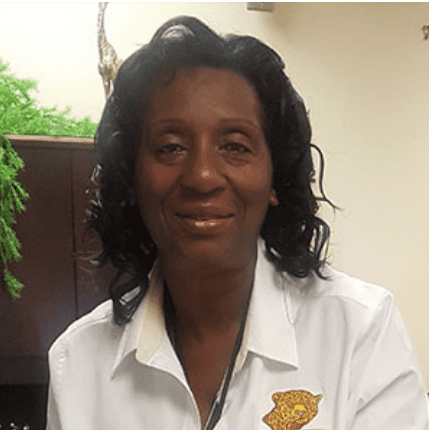
Andrea Thompson
Mary Harris “Mother” Jones Elementary School
Adelphi, Maryland
andrea.thompson@pgcps.org
Best Practices
1) One major aspect of our school’s improvement effort is the promotion and nurturing of a culture of continuous improvement. In so doing, shared leadership was necessary. In a huge school of fourteen ESOL teachers, several paraprofessionals, and almost seven teachers per grade level, surely there was a need for another leadership level to assist in progress monitoring and teacher support; hence, teacherleaders in the form of ESOL, reading, and math resource Instructional Leads. The necessity to use best practices in fostering teacher leaders’ skills and abilities was based on teacher survey results and discussions with the school’s teacher leaders. Results showed that there was a discrepancy in service expectations. Teachers believed that their teacher leaders should go beyond mere suggestions and should at times be more hand on with assistance, while teacher leaders believed that teachers were not “accepting of guidance.” Clearly this signaled a need that necessitated best practices which pointed to differentiated coaching and leadership style. Jim Knight’s three approaches to coaching—facilitative, directive, and dialogical—were introduced through weekly book studies with teacher leaders. In addition, teacher leaders were guided in the use of Deming’s continuous improvement model that ensured the necessity to go beyond merely providing suggestions/plans; rather being involved in the “Do” but to “Study/Assess” and revise based on observational or inferential data.
Teacher leaders’ use of the three approaches to coaching meant they really had to get to know their teachers in terms of knowledge, strengths, abilities, and preferences. Relationships needed to be built in order to make this happen. Teacher leaders had to differentiate services and support based on each teacher’s need, and they had to assess situations and know the coaching style that was necessary. Teachers new to the profession definitely needed the directive coaching style, at first; however, as they grew in ability there were situations when teacher leaders needed to switch over to a facilitative and/or dialogical approach. Use of these best practices improved the collaborative culture that we have been fostering. The next step here at the school is to increase the grade level and department chairs’ capacity to lead, and in doing so they are currently engrossed in book studies of Laura Lipton and Bruce Wellman’s Mentoring Matters.
2) Transforming and maintaining culture changed requires preserving the school’s embedded core values while making data-informed changes in practices and strategies. I am cognizant that a school’s changed culture can revert from being a PLC to being a cluster of silos, if the core values are not aligned with teachers’ belief systems. As Jim Collins rightly explains, core values must be maintained while systems and processes change. It is the operationalizing of this concept that ensures culture change remains intact. In so doing, the monthly culture presentations I provided for staff entailed continuous reflection of their core values and exploring alignment with the school’s values. The more teachers understood the school’s core values relative to their personal purpose in education, the more inclined they were to determine if their actions and behaviors reflected an alignment with those core values.
In this vein, I have led discussions that drove self-examination of their belief systems. I have also assured teachers that they owe it to themselves to work in an environment that aligns with their beliefs system. After all, without that alignment they would feel miserable and would be constantly resistant to changes. I recall a powerful moment when I led teachers in the examination of their Why. The follow-up proving question was whether or not their actions aligned with the realization of their Why. Our school’s core values are rooted in scholarship, honor, efficacy, global awareness, and safety. Teachers now fully understand that as we function in a culture of continuous improvement, like Jim Collins espouses, we are changing operating practices and strategies but learning our core values intact. Teachers are more inclined to preserve the culture change because they are armed with the understanding that the foundation which supports their Why is intact, but journeying to the Why may at times need tweeking.


